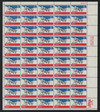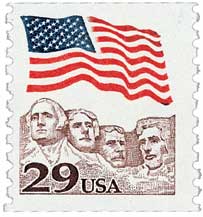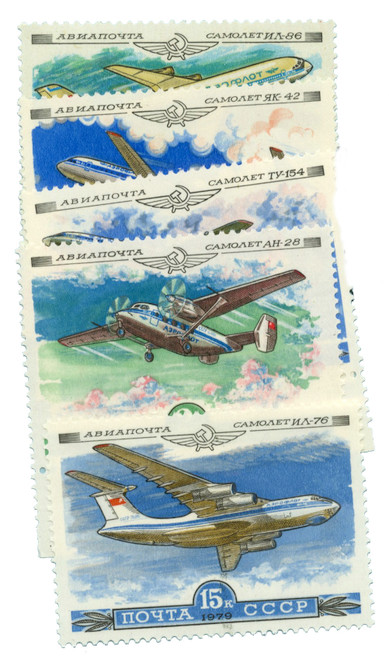
# C88 - 1974 26c Mt. Rushmore 26c
Â
1974 26¢ Mount Rushmore
First City:Â Rapid City, South Dakota
Quantity Issued: Â unknown
Printed by: Bureau of Engraving and Printing
Printing Method: Giori Press
Perforation:Â 11
Mount Rushmore Is Complete
In 1923, historian Doane Robinson recognized the amount of tourism sites like Yellowstone and Yosemite National Parks generated for their respective states. He then came up with the idea to sculpt a mountain to promote tourism in South Dakota. Robinson’s initial vision was to honor heroes of the American West such as George Armstrong Custer, Meriwether Lewis, William Clark, and the Sioux Chief Red Cloud.
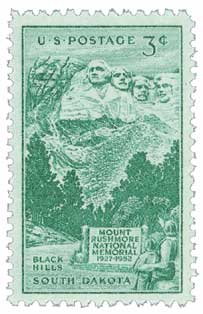
Robinson’s next task was hiring a sculptor. He had read about Gutzon Borglum’s work on Stone Mountain in Georgia and asked him to come to South Dakota. At the time of his first view of Mount Rushmore in 1924, Borglum said, “America will march along that skyline.â€Â Although he agreed to do to the project, Borglum wanted the monument to honor more than the American West.Â
Instead, Borglum suggested it represent 150 years of American history. He chose George Washington (“Father of our Countryâ€), Thomas Jefferson (author of the Declaration of Independence), Teddy Roosevelt (opened the waters between the East and the West with the Panama Canal), and Abraham Lincoln (preserved the Union in one of our nation’s darkest times and brought equality to all) for their profound impact on the shaping of America.
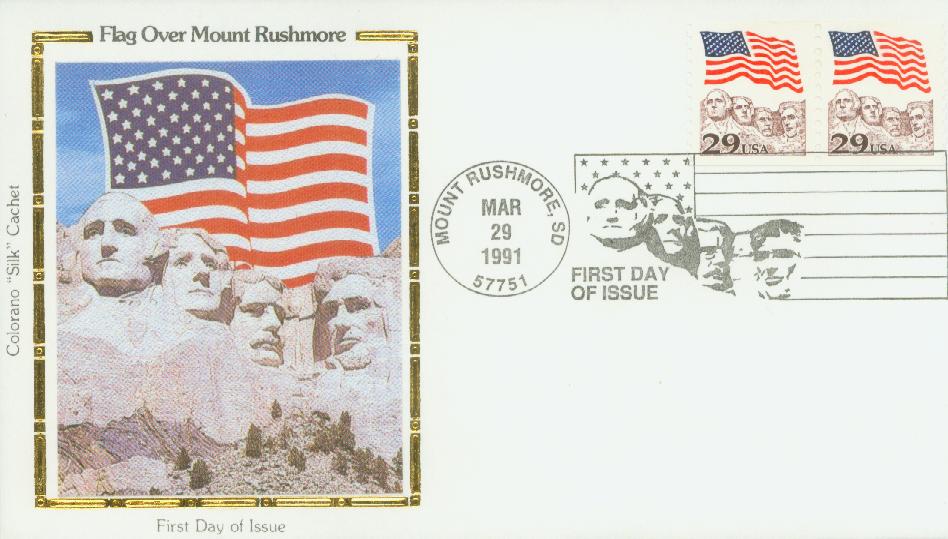
With Borglum on board, Robinson’s next task was getting the project approved. Senator Peter Norbeck and Congressman William Williamson were the driving forces behind getting the legislation passed to permit the carving. After extensive lobbying, the Mount Rushmore National Memorial Commission was approved on March 3, 1925. It was then dedicated on August 10, 1927, with President Calvin Coolidge in attendance, promising Federal funding.Â
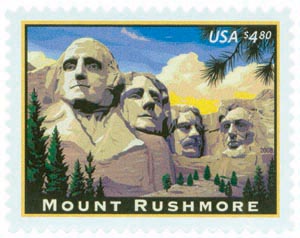
Borglum then met with Secretary of the Treasury Andrew Mellon to convince him of the project’s importance and get his support for funding. Mellon agreed to fund the entire project, but Borglum said he would only need half the money, as the rest could be raised privately. The resulting bill authorized the government to match funds up to $250,000.
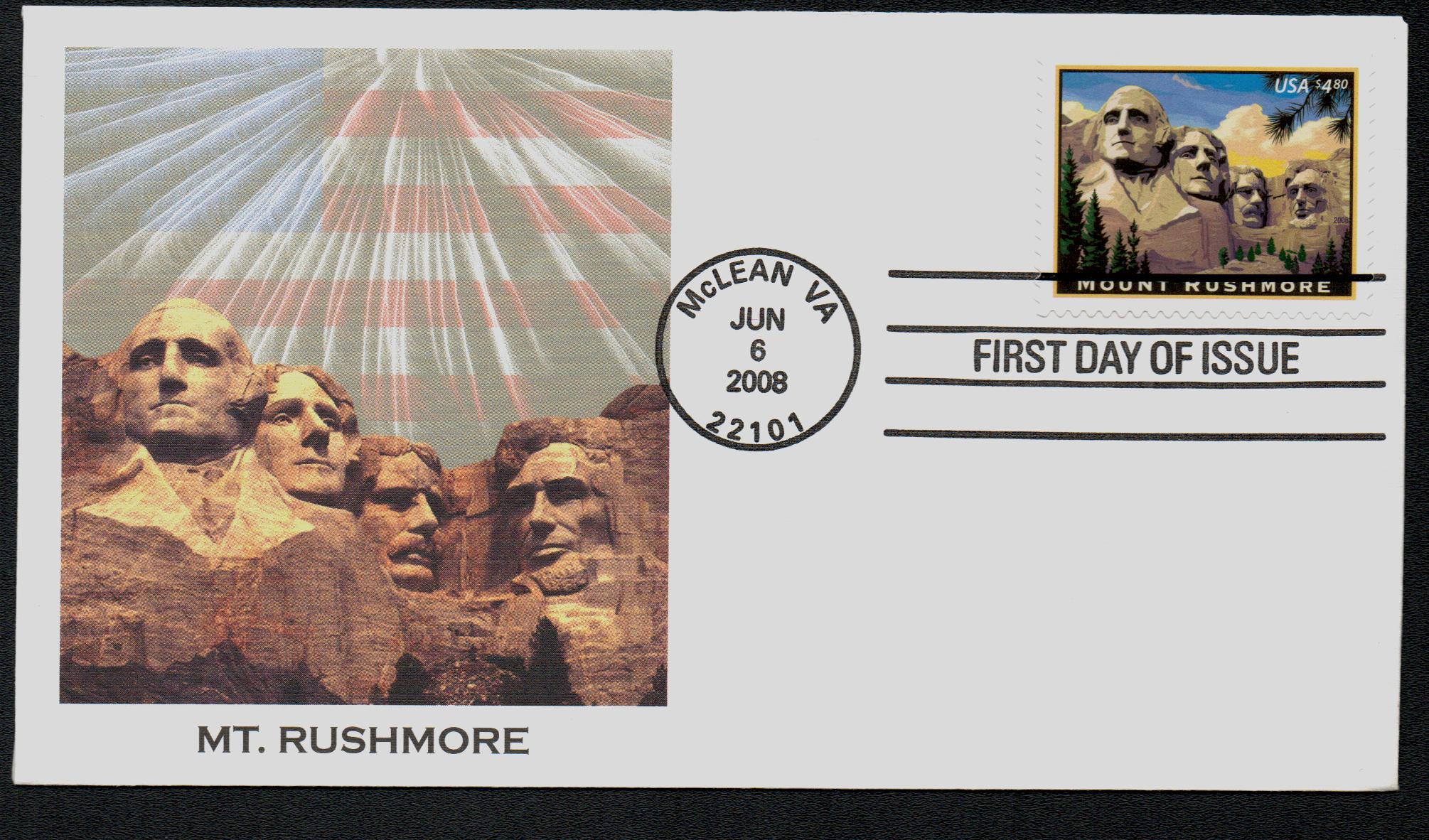
Construction on the mountain began on October 4, 1927. Borglum and his team of 400 workers sculpted the 60-foot carvings, which peak at 5,725 feet above sea level. Borglum also hired French-born Italian-American Luigi Del Bianco to serve as the project’s chief stone carver. Bianco carved the detail in the faces, for which Borglum praised him, saying, “He is worth any three men in America for this particular type of work… We could double our progress if we had two like Bianco.â€
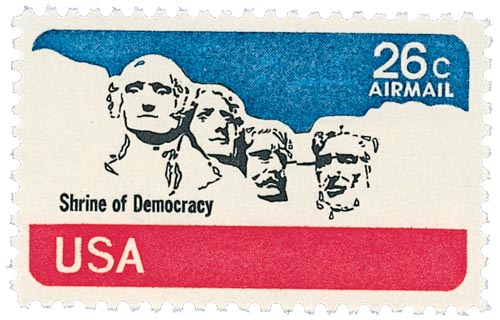
However, the project was plagued with issues ranging from budgetary concerns to the quality of rock. A proposal to add Susan B. Anthony to the memorial was eventually turned down because they struggled to complete the original design. Borglum’s son Lincoln took over the project in 1939 while his father sought more funding, and then further in 1941 when Gutzon passed away. The original plan for the mountain was to depict each of the figures down their waists, but as funding dwindled, they decided to cease work on the mountain. Work officially ended on October 31, 1941.Â
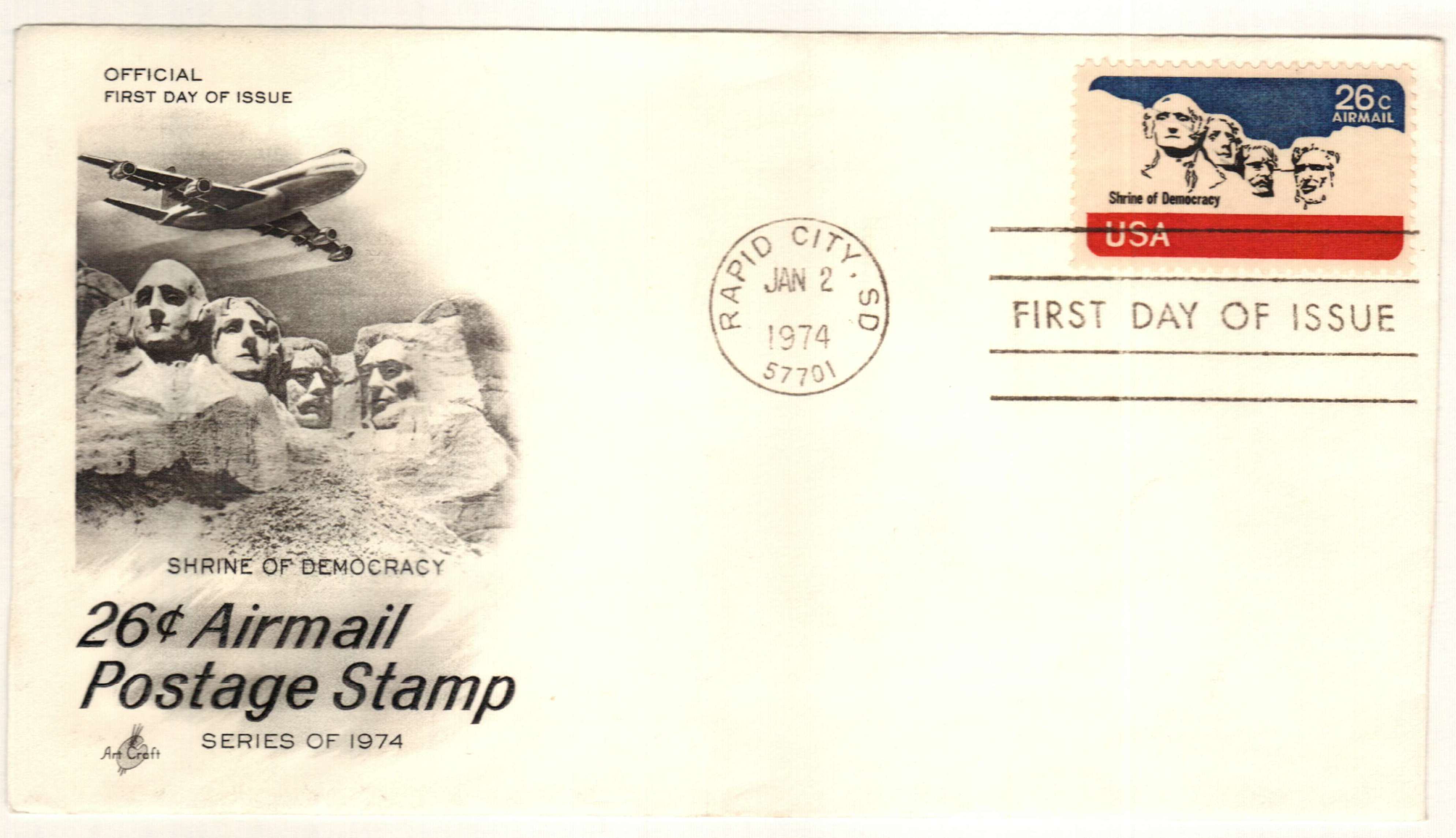
In addition to the four Presidents, Borglum initially planned to sculpt a large entablature (engraved description) honoring the first 150 years of U.S. history. It was going to be in the shape of the Louisiana Purchase and feature nine specific events. The events were: the signing of the Declaration of Independence in 1776, signing of the Constitution in 1787, the Louisiana Purchase in 1803, the ceding of Florida from the Spanish in 1819, addition of Texas to the Union in 1845 and California in 1848, Texas’ ceding of the Rio Grande in 1850, Alaska’s purchase from Russia in 1867, and the acquisition of the Panama Canal Zone in 1904.Â
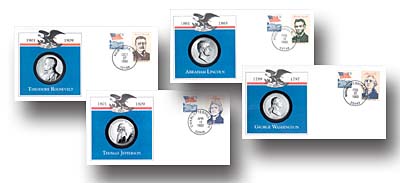
The entablature was begun in 1930, with the carving of “1776†on the eastern side of the mountain. However, rock inconsistencies in the initial Jefferson sculpture in 1934 meant the entablature location had to be used for the Lincoln sculpture. Borglum also concluded that the letters would be too hard to read from below. It was then decided that the entablature inscription would be included on a plaque in the Hall of Records. Calvin Coolidge was supposed to write the history but died before it could be completed. So a national essay contest was held and the winning essay, by college student William Andrew Burkett, was placed on a plaque in 1971. Over the years, a Presidential Trail, Visitor Center, and Museum have been added to the mountain.
Click here for more Mount Rushmore stamps, covers and coins.Â
Click here for more from Mount Rushmore’s National Park Service website.
Â
1974 26¢ Mount Rushmore
First City:Â Rapid City, South Dakota
Quantity Issued: Â unknown
Printed by: Bureau of Engraving and Printing
Printing Method: Giori Press
Perforation:Â 11
Mount Rushmore Is Complete
In 1923, historian Doane Robinson recognized the amount of tourism sites like Yellowstone and Yosemite National Parks generated for their respective states. He then came up with the idea to sculpt a mountain to promote tourism in South Dakota. Robinson’s initial vision was to honor heroes of the American West such as George Armstrong Custer, Meriwether Lewis, William Clark, and the Sioux Chief Red Cloud.

Robinson’s next task was hiring a sculptor. He had read about Gutzon Borglum’s work on Stone Mountain in Georgia and asked him to come to South Dakota. At the time of his first view of Mount Rushmore in 1924, Borglum said, “America will march along that skyline.â€Â Although he agreed to do to the project, Borglum wanted the monument to honor more than the American West.Â
Instead, Borglum suggested it represent 150 years of American history. He chose George Washington (“Father of our Countryâ€), Thomas Jefferson (author of the Declaration of Independence), Teddy Roosevelt (opened the waters between the East and the West with the Panama Canal), and Abraham Lincoln (preserved the Union in one of our nation’s darkest times and brought equality to all) for their profound impact on the shaping of America.

With Borglum on board, Robinson’s next task was getting the project approved. Senator Peter Norbeck and Congressman William Williamson were the driving forces behind getting the legislation passed to permit the carving. After extensive lobbying, the Mount Rushmore National Memorial Commission was approved on March 3, 1925. It was then dedicated on August 10, 1927, with President Calvin Coolidge in attendance, promising Federal funding.Â

Borglum then met with Secretary of the Treasury Andrew Mellon to convince him of the project’s importance and get his support for funding. Mellon agreed to fund the entire project, but Borglum said he would only need half the money, as the rest could be raised privately. The resulting bill authorized the government to match funds up to $250,000.

Construction on the mountain began on October 4, 1927. Borglum and his team of 400 workers sculpted the 60-foot carvings, which peak at 5,725 feet above sea level. Borglum also hired French-born Italian-American Luigi Del Bianco to serve as the project’s chief stone carver. Bianco carved the detail in the faces, for which Borglum praised him, saying, “He is worth any three men in America for this particular type of work… We could double our progress if we had two like Bianco.â€

However, the project was plagued with issues ranging from budgetary concerns to the quality of rock. A proposal to add Susan B. Anthony to the memorial was eventually turned down because they struggled to complete the original design. Borglum’s son Lincoln took over the project in 1939 while his father sought more funding, and then further in 1941 when Gutzon passed away. The original plan for the mountain was to depict each of the figures down their waists, but as funding dwindled, they decided to cease work on the mountain. Work officially ended on October 31, 1941.Â

In addition to the four Presidents, Borglum initially planned to sculpt a large entablature (engraved description) honoring the first 150 years of U.S. history. It was going to be in the shape of the Louisiana Purchase and feature nine specific events. The events were: the signing of the Declaration of Independence in 1776, signing of the Constitution in 1787, the Louisiana Purchase in 1803, the ceding of Florida from the Spanish in 1819, addition of Texas to the Union in 1845 and California in 1848, Texas’ ceding of the Rio Grande in 1850, Alaska’s purchase from Russia in 1867, and the acquisition of the Panama Canal Zone in 1904.Â

The entablature was begun in 1930, with the carving of “1776†on the eastern side of the mountain. However, rock inconsistencies in the initial Jefferson sculpture in 1934 meant the entablature location had to be used for the Lincoln sculpture. Borglum also concluded that the letters would be too hard to read from below. It was then decided that the entablature inscription would be included on a plaque in the Hall of Records. Calvin Coolidge was supposed to write the history but died before it could be completed. So a national essay contest was held and the winning essay, by college student William Andrew Burkett, was placed on a plaque in 1971. Over the years, a Presidential Trail, Visitor Center, and Museum have been added to the mountain.
Click here for more Mount Rushmore stamps, covers and coins.Â
Click here for more from Mount Rushmore’s National Park Service website.







